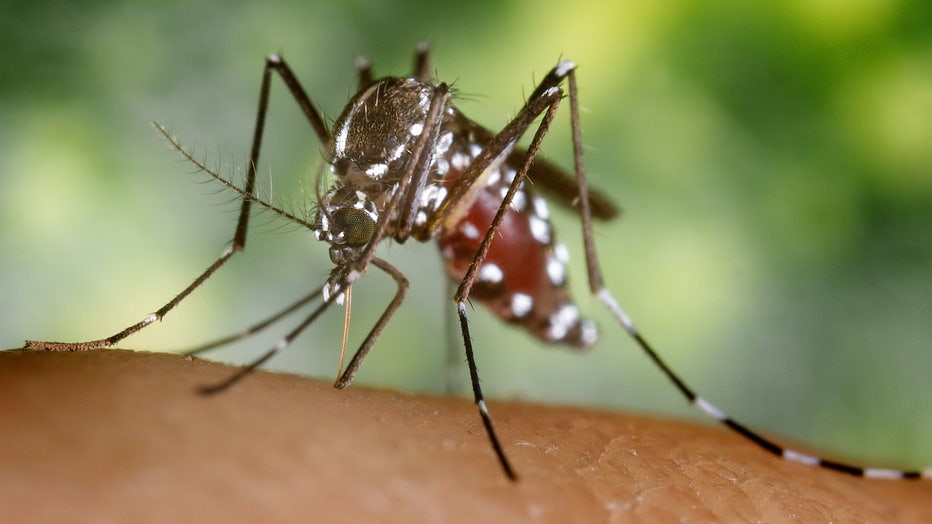Avoiding Tiger Mosquitos: What you need to know
Although mosquitoes are a typical summer nuisance, DMV residents should keep a watchful eye out for the Asian Tiger mosquito.
This particular species is an invasive pest from Asia and has become an increasing health concern in the last few years.

A blood-engorged female Aedes albopictus mosquito feeding on a human host, 2002. Under successful experimental transmission, Aedes albopictus has been found to be a vector of West Nile Virus. Aedes is a genus of the Culicine family of mosquitoes. Ima
Behaving differently from native mosquitos, Tiger mosquitos have a short flight range of about 100-200 yards. Luckily, homeowners can greatly reduce an infestation by following the simple steps below.
Identify what type of mosquito you’re dealing with
Tiger mosquitos tend to breed in small, man-made containers, especially in shady, damp areas. If the mosquito you encounter is aggressive and follows you into you house or car, comes out during the day, or has a dark black coloring with a white stripe running down its back—it’s probably a Tiger mosquito.
Eliminate breeding grounds
Tiger mosquitos look for any small, water-holding containers and prefer to remain at ground level. Favorite spots include decks and shrubs, as well as basement stairwells and crawlspace. Walk around your house, patio, garage, etc. and look for anything that retains any amount of water. If you find any, dump out the water and either throw away the item or store it in or under something that does not collect water.
Consider using larvicides
If you can’t eliminate or drain the breeding ground, consider using a biorational larvicide such as Mosquito Dunks or Mosquito Torpedos. If the mosquitos remain active vena after removal or treatment, try a barrier application. These treatments kill the Tiger mosquitos on contact and may provide residual control for up to three weeks.
For best results, share these tips with your neighbors and educate others on how to reduce mosquito populations. Read more here.

